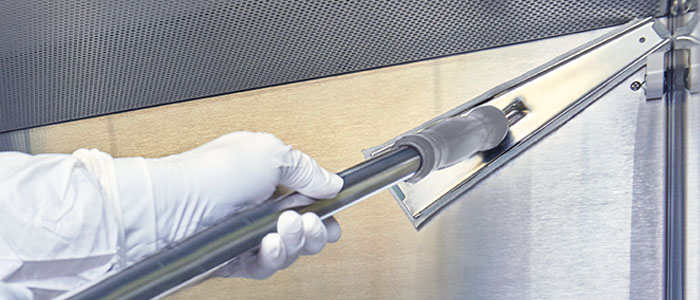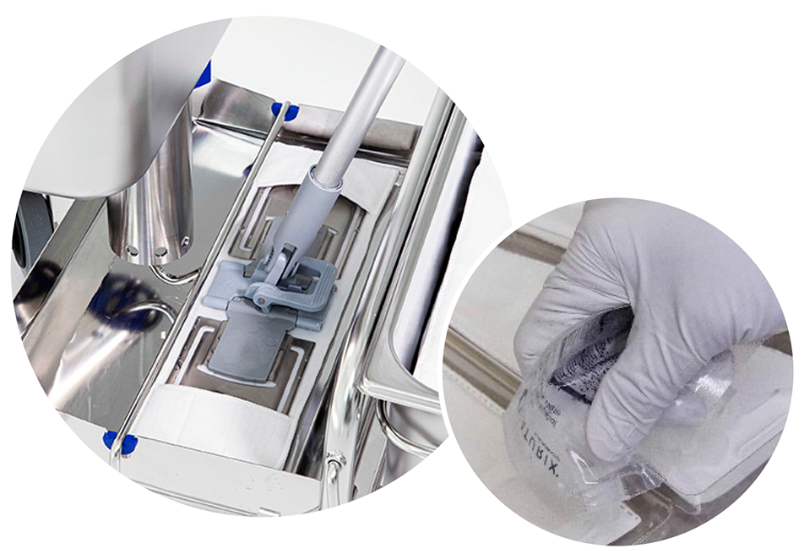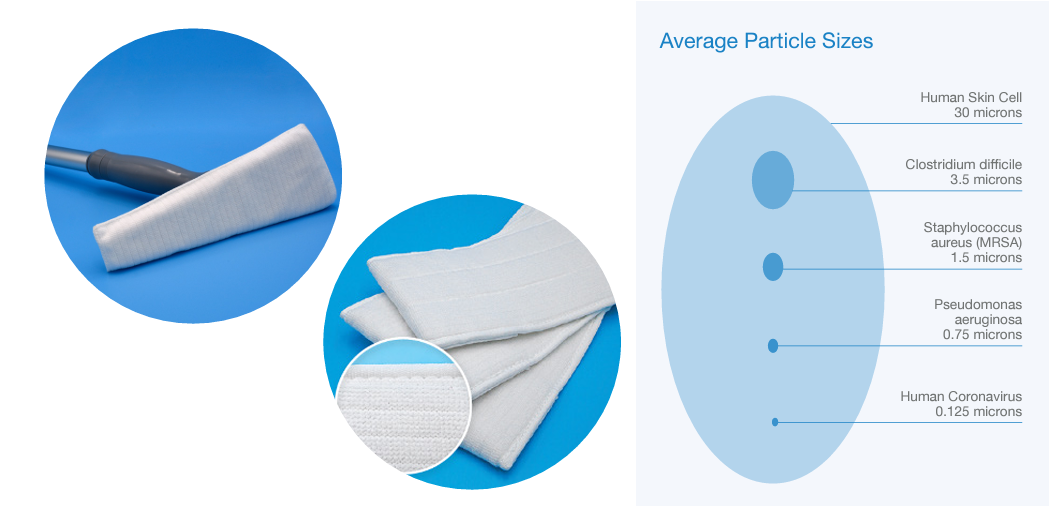
Annex 1 provides technical guidance on the principles and guidelines of Good Manufacturing Practice (GMP) for medical products. It applies principles of Quality Risk Management (QRM) and requires the implementation of Contamination Control Strategies (CCS) to ensure that microbial, particulate, and endotoxin/pyrogen contamination is prevented in the final product.
USP Chapter <797>, Pharmaceutical Compounding: Sterile Preparations, delineates the standards and outlines the required procedures for compounding sterile preparations (CSPs) in all pharmacy settings to ensure patient benefit and reduce risks.
USP <800> provides standards for safety handling of hazardous drugs (HD) to minimize the risk of exposure to healthcare personnel, patients and the environment. Section 15.3 specifies that cleaning is a process that results in the removal of contaminants (e.g., soil, microbial contamination, HD residue) from objects and surfaces using water, detergents, surfactants, solvents, and/or other chemicals.
One commonality across all these regulatory standards is risk reduction. Saturix is a comprehensive surface cleaning system that pairs our expertise in specialty textiles with patented innovative hardware. It can help you enhance your regulatory compliance by significantly reducing risk during cleaning for all surfaces in critical environments.
How Saturix Reduces Risk for Surface Cleaning
Saturix lowers the risk profile of the entire cleaning process by 80% by eliminating high risk touchpoints and human process variations.1 This is achieved by following technologies:
Precision Dosing
Both the Saturix Mopping System and the ICT+ Isolator Cleaning Tool feature Precision Dosing to ensure every mop or pad is consistently saturated with the same amount of cleaning solution. Compared to conventional cleaning tools, there is no more mop rinsing or wringing and you always clean with clean mops or pads and clean chemicals.

Precision Dosing also eliminates the need to frequently change the cleaning solution throughout the shift, resulting in 90% chemical savings.2 In conjunction with Precision Dosing, the Saturix Mopping System is a closed system to minimize chemical emissions, reducing VOCs by 60%.3
Touch-Free Mop Attachment and Removal
Conventional cleaning tools require extensive handling to attach and remove mops and pads which poses a significant risk for cross contamination. The Saturix Mopping System and ICT+ Isolator Cleaning Tool allow for quick and easy mop or pad attachment and disposal without the assistance of hands to minimize risk while improving productivity.
.png)
99.9% Particulate Residue Removal down to .1 Micron in Size
With our advanced textile technology, Saturix microfiber mops, pads, and wipes are proven to remove 99.9% of particulate residue down to 0.1 micron in size.4 They mechanically remove disinfectant residues and other harmful particulates from the surface to minimize chemical, microbial, and particulate contamination during the cleaning process and prior to disinfection.

1 Based on internal analysis of a 5,000 ft2 ISO 7 facility.
2 Based on internal analysis of a 5,000 ft2 ISO 7 facility.
3 Based on third party lab testing.
4 Based on third party lab testing.